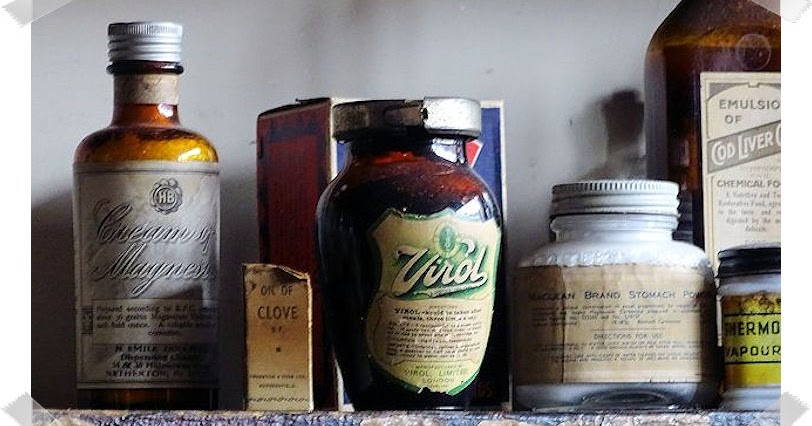
Kris Vaughan, CHShingles, also known as herpes zoster, is a viral infection of the sensory nerves. This is the same virus that causes chickenpox. The virus lays dormant in the root ganglia of the spinal cord after the initial infection of chickenpox and may or may not become symptomatic at a later time. The shingles outbreak occurs most often in those over 50 years of age but younger individuals are also at risk of developing shingles if they have a lowered immune response from chronic health conditions or excessive stress. For best results with this painful condition it is best to explore a combination of pharmaceutical and natural treatments for shingles.Shingles causes pain along the affected nerve branches and eruption of blisters on the skin areas that are supplied by those nerves. A shingles attack usually begins with intense pain a few days before the rash appears. This pain will be described as intense burning or heat and possibly pinprick pain. Many would say that it feels like there is a hot iron on the skin. Next, painful, itchy blisters will develop and typically remain for 7-14 days before forming crusty scabs and then falling off. The rash most often appears on the trunk and usually on one side of the body, however, the rash can travel or show up in non-typical areas of the body. After this initial outbreak, nerve pain can remain for weeks or months depending on the severity of the nerve infection.Shingles Standard of CareAt the first sign of a shingles outbreak, your medical physician will often prescribe an antiviral such as Acyclovir to speed the healing time and reduce the severity of the outbreak. They may also prescribe analgesics (pain reliever) for the intense pain. It is important to begin the antiviral at the first sign to halt the progression and severity of the outbreak. For best results, these interventions are greatly complimented by natural and herbal therapies.Natural and Herbal Therapies for ShinglesYou may choose to pair the following natural remedies with your prescription antiviral to enhance the effect or you may choose to use these as stand-alone care for your shingles outbreak. The benefit of the following natural and herbal remedies is the nerve protection and restoration that is available through these herbs that are not offered in conventional antiviral medication.Vitamin C has been shown in several studies to ease an episode of shingles by inhibiting the replication of the virus. Vitamin C also reduces the postherpetic pain experienced after the initial outbreak that can often be worse than the original nerve pain prior to the rash. The average recommended dosage is 1,000mg three times a day during a herpes zoster episode.L-Lysine is an amino acid. Just like vitamin C, it inhibits the replication of the herpes zoster virus. The suggested daily dose is 1,000 mg three times a day during the episode and once daily as a maintenance/preventive dose.St. John’s Wort (Hypericum perforatum) is an herb used for nerve pain and shingles. The active constituents are hypericin and hyperforin and they contribute to the herbs antiviral, anti-inflammatory, nerve protective and nerve restorative properties. St. John’s wort greatly eases the pain and duration of the herpes zoster virus. Suggested daily doses would be 900mg of powdered herb capsule or 2-3ml of herb tincture three to four times a day.Licorice root (Glycyrrhiza glabra) has glucocorticoid effects that modulate the function of the immune system. It is antiviral for the herpes zoster virus, anti-inflammatory, and soothing to the affected nerve tissue. The main constituent in licorice root is glycyrrhizic acid, also known as glycyrrhizin or glycyrrhetinic acid. Suggested daily doses would be 900mg of powdered herb capsule or 2-3ml of herb tincture three to four times a day.Topical herbal remedies can also be applied to the rash and are very soothing to the pain and itching. Some herbs that work well in a compress, poultice, or salve are calendula (Calendula officinalis), arnica (Arnica montana), St. John’s wort (Hypericum perforatum), chaparral (Larrea tridentata), and comfrey (Symphytum officinale). These dried herbs can be purchased in an herbal apothecary and an herbalist will be able to guide you in how to make these topical remedies at home. You can infuse these herbs into an oil to use a soothing topical application and you can find an herbal oil recipe Here.Beginning the natural and herbal remedies at the first sign of the outbreak offers significant reduction in pain and duration of the shingles episode. Although these are natural remedies, if you are currently taking pharmaceutical medication or have a history of hypertension it is important that you speak with your qualified healthcare practitioner prior to taking herbal supplements in order to avoid any negative herb/drug interactions. Seek advice from a physician who is well educated in herbal medicine or from a certified clinical herbalist. Kris Vaughan is a certified Clinical Herbalist and Program Director of Herbal Wisdom Institute. For information about Kris, or to schedule and appointment for a consultation, click here or call (928)227-2760. The information provided is for educational purposes only and is not intended to replace the guidance of your medical physician. Resources:Hoffmann, David. Medical Herbalism: The Science and Practice of Herbal Medicine. Rochester, VT: Healing Arts, 2003. Print.Tilgner, Sharol. Herbal Medicine: From the Heart of the Earth. Creswell, OR: Wise Acres, 1999. Print.Centers for Disease Control and Prevention. Centers for Disease Control and Prevention, 19 Aug. 2016. Web. 13 Jan. 2017.Whitaker, Dr. Julian. “Treating Shingles Naturally.” Dr. Julian Whitaker. N.p., n.d. Web. 13 Jan. 2017.
Top 5 This Week
Related Posts
Natural Treatments for Shingles — Herbal Wisdom Institute


